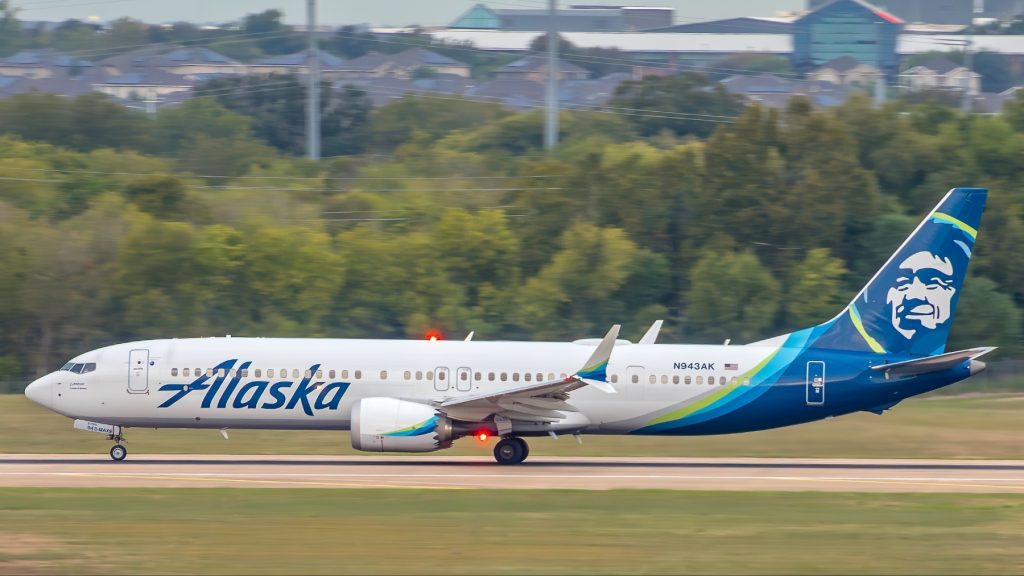
Alaska Airlines sustained a near calamitous midflight incident on Friday. A portion of fuselage was torn from one of its aircraft, leaving a gaping hole in its side. Astonishingly, the flight crew were able to turn back to Portland, Oregon, and land safely. Less astonishing was the fact that the aircraft in question was a Boeing 737-9 MAX. A variant of the least trustworthy plane flying today.
Two crashes occurred just months apart five years ago in 2018 and 2019. The Lion Air and Ethiopian Airlines accidents grounded every Boeing 737 MAX in the world for 22 months. While technicians tried to determine what was wrong with the aircraft, Netflix tried to determine what was wrong with the company. Their documentary, called Downfall, is not for the faint of heart. Gone was the Boeing a previous generation had come to consider as the greatest example of American ingenuity in the 20th century. Viewers of Downfall were treated to a cost-cutting, lying, feet-stuck-in-concrete, chaotic mess.
Formerly a Paragon of Innovation and Safety
The Boeing Company built the first passenger aircraft in 1933. It built the first pressurized airliner in 1938, a significant safety innovation because aircraft could now fly with greater stability because they could operate higher than the weather. Boeing built the planes which dropped the atomic bombs on Japan, and the mighty eight-engine, carpet-bombing B52; nefarious claims to fame, but both are examples of breakthrough technology. They built the booster stage for the Apollo program, which had enough thrust to allow the rocket to escape the earth’s gravity. In 1969, Boeing quite literally democratized air travel by introducing the world to the 747, popularly known as the jumbo jet. This was an aircraft that more than doubled the passenger yield, therefore virtually halving the cost to passengers.
There’s more, much more. But you get the picture. Well, this company was nowhere to be seen in the Netflix documentary. What we saw was a former pillar of industry focusing on Wall Street instead of technological advances and engineering excellence.
Downfall was released in 2022. One would have assumed that Boeing had since put in place the necessary protocols for safety and reputation. But eighteen months later, three days ago, the airframe of the Boeing 737-9 MAX failed and had it not been for the skill of the flight crew, everyone on board Alaska Airlines flight 1282 would be dead. I have no doubt that Boeing would try and pin the blame on these pilots had the plane crashed. They pulled that stunt with the Lion Air and Ethiopia Airlines accidents.
Where’s the Next Problem Going to Emerge?
So it seems there’s another reason to be skeptical about Boeing’s redemption. First it was the Maneuvering Characteristics Augmentation System (MCAS), which prevents stalling, that had the tendency to go haywire. The brass at Boeing knew about this tendency but didn’t tell the pilots. Result? Two crashes and more than 300 people dead. Now a problem has emerged that’s far more fundamental. The fuselage. Many air transport safety people and aeronautical engineers have stated the Boeing 737 shouldn’t be flying anymore. The reason it’s still flying, they insist, is because Boeing do not want to spend the money on a new design for a medium-range regional aircraft. But they are spending a lot of money competitively promoting the 737 MAX against the Airbus A320 family, which is the current market leader.
It feels overly simplistic to suggest Boeing are happy to stick with this new culture of ‘nuts ‘n bolts’ caretaking. After all, the plane itself has sold in volume. But something is still rotten in the state of Denmark, as the saying goes. And if the reason is still rooted in driving up share value at the expense of safety, then Boeing are stuck in reverse gear.
Inside Telecom provides you with an extensive list of content covering all aspects of the tech industry. Keep an eye on our Insights sections to stay informed and up-to-date with our daily articles.